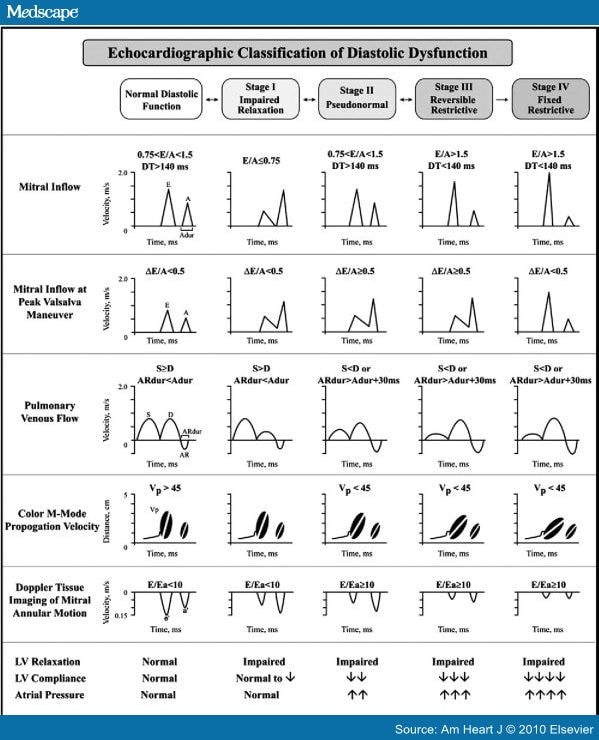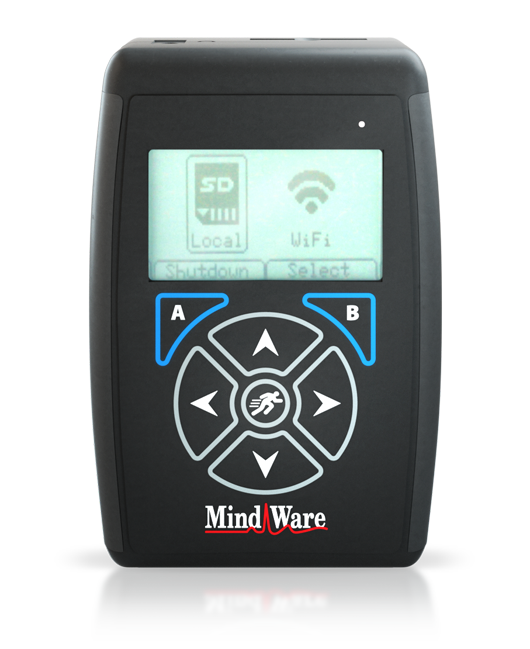

a transoesophageal echocardiogram (TOE) – where a small probe is passed down the throat into your food pipe (oesophagus) and sometimes into your stomach (your throat will be numbed with local anaesthetic spray and you'll be given a sedative to help you relax) you may need to avoid eating for several hours before this test.There are also several other types of echocardiogram that can be carried out: You won't usually need to do anything to prepare for the test, unless you're having a transoesophageal echocardiogram. There are several different ways an echocardiogram can be carried out, but most people will have a transthoracic echocardiogram (TTE).

endocarditis – an infection in the lining of the heart which damages the heart valvesĪn echocardiogram can also help your doctors decide on the best treatment for these conditions.cardiomyopathy – where the heart walls become thickened or enlarged.problems with the heart valves – problems affecting the valves that control the flow of blood within the heart.congenital heart disease – birth defects that affect the normal workings of the heart.heart failure – where the heart fails to pump enough blood around the body at the right pressure.damage from a heart attack – where the supply of blood to the heart was suddenly blocked.When an echocardiogram is usedĪn echocardiogram can help diagnose and monitor certain heart conditions by checking the structure of the heart and surrounding blood vessels, analysing how blood flows through them, and assessing the pumping chambers of the heart. The test will usually be carried out at a hospital or clinic by a cardiologist, cardiac physiologist, or a trained technician called a sonographer.Īlthough it has a similar name, an echocardiogram is not the same as an electrocardiogram (ECG), which is a test used to check your heart's rhythm and electrical activity. These echoes are picked up by the probe and turned into a moving image on a monitor while the scan is carried out.Īn echocardiogram may be requested by a heart specialist (cardiologist) or any doctor who thinks you might have a problem with your heart, including your GP. It's a type of ultrasound scan, which means a small probe is used to send out high-frequency sound waves that create echoes when they bounce off different parts of the body. An echocardiogram, or "echo", is a scan used to look at the heart and nearby blood vessels.


 0 kommentar(er)
0 kommentar(er)
